AUSTIN ARBORIST

Book Consultation
Book a complimentary consultation with an ISA Certified Arborist in Austin Texas! Whether you have a specific project in mind or simply need some guidance, our certified arborists are here to assist you. To schedule your appointment, simply provide your contact information below!
Tree Cabling
Tree cabling is a method of providing support to trees that have structural weakness or have multiple trunks that are at risk of splitting or breaking. It works by installing steel cables or rods between weak branches or trunks to provide extra support and stability. The cables are anchored to the tree using specially designed brackets and then tightened to provide the necessary support.
The main purpose of tree cabling is to provide additional support to weak branches or trunks, preventing them from breaking or splitting during high winds or heavy snowfall. Cabling can also help to redistribute the weight of the tree, reducing the risk of damage to the trunk or roots.
There are two types of cabling: static and dynamic. Static cabling is used to provide support to a weak branch or trunk, keeping it in its current position. Dynamic cabling, on the other hand, allows the branch or trunk to move slightly, reducing stress on the cable and the tree.
It’s important to note that cabling is not a permanent solution and is not intended to correct structural problems. It’s a temporary measure used to provide support to a tree while it is still alive and healthy. Trees that have severe structural issues will require more extensive work or removal. Tree cabling should be done by a certified arborist who has the knowledge and equipment to do it safely and effectively.
Regular inspections by an arborist are necessary to ensure that the cables are still providing the needed support, and the tree’s health is being maintained. The cables will have to be removed at some point, when the tree has grown enough to support itself, or when the tree is no longer healthy.
Book Consultation

